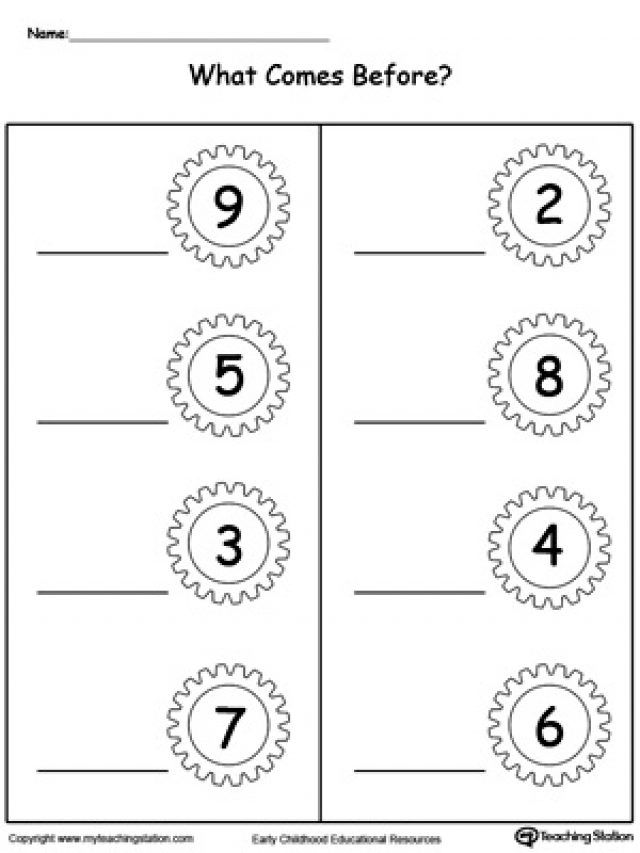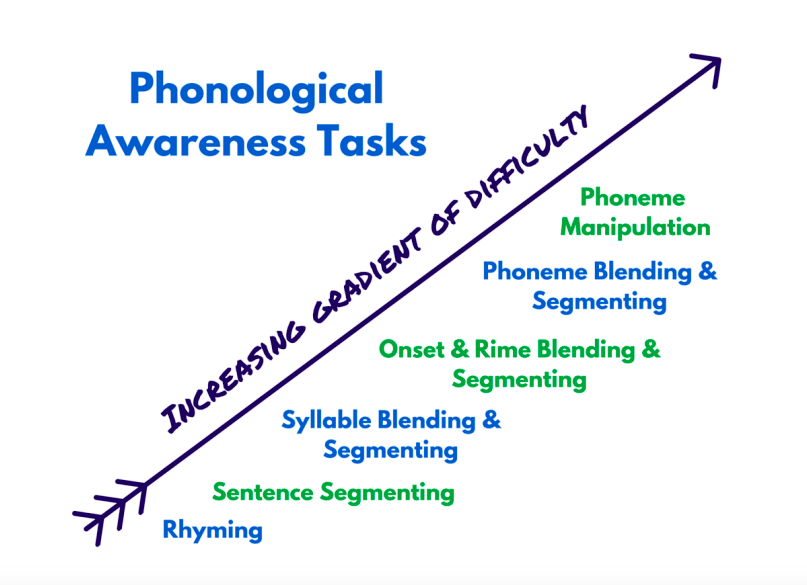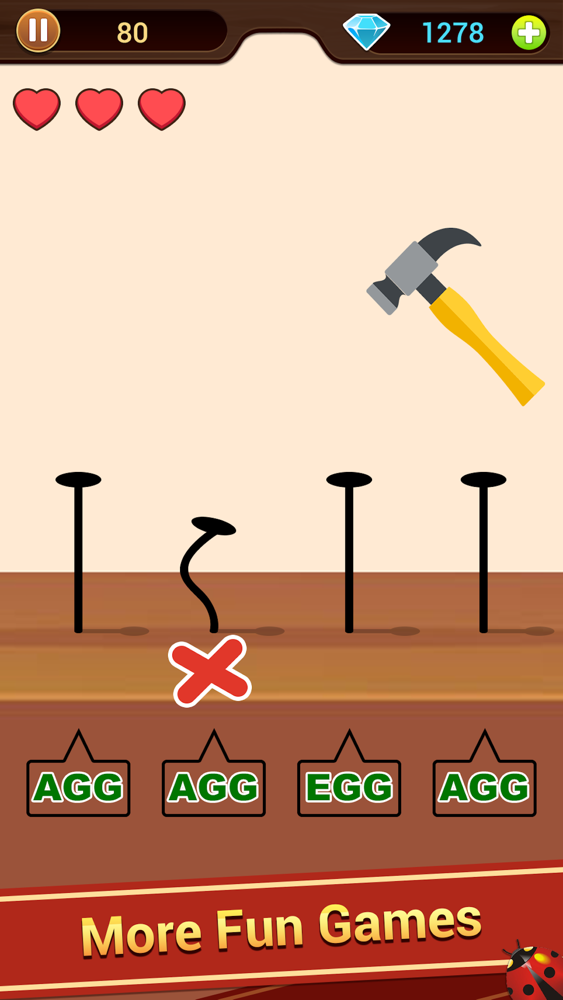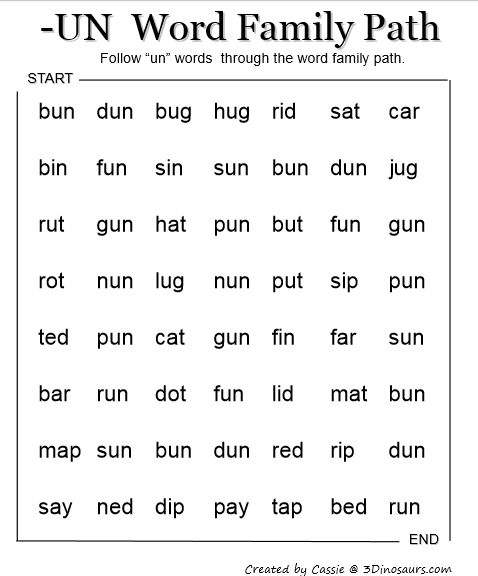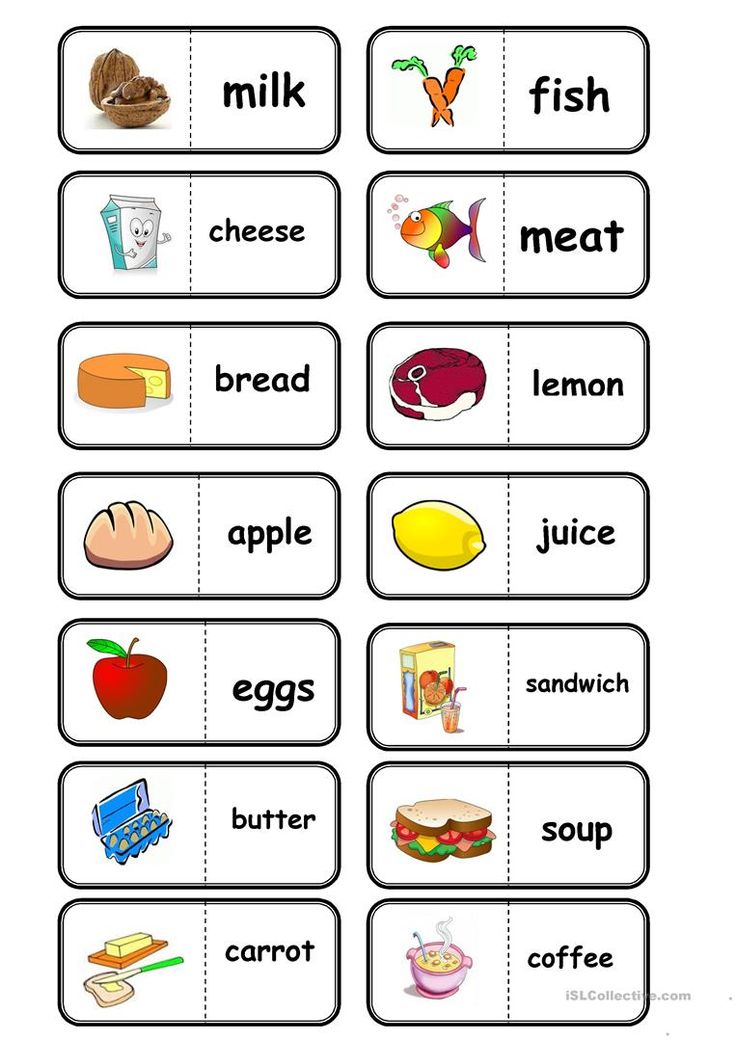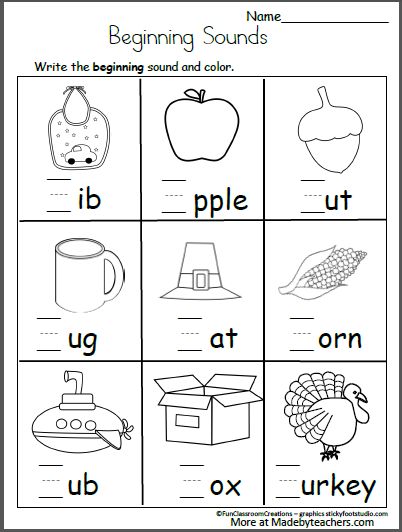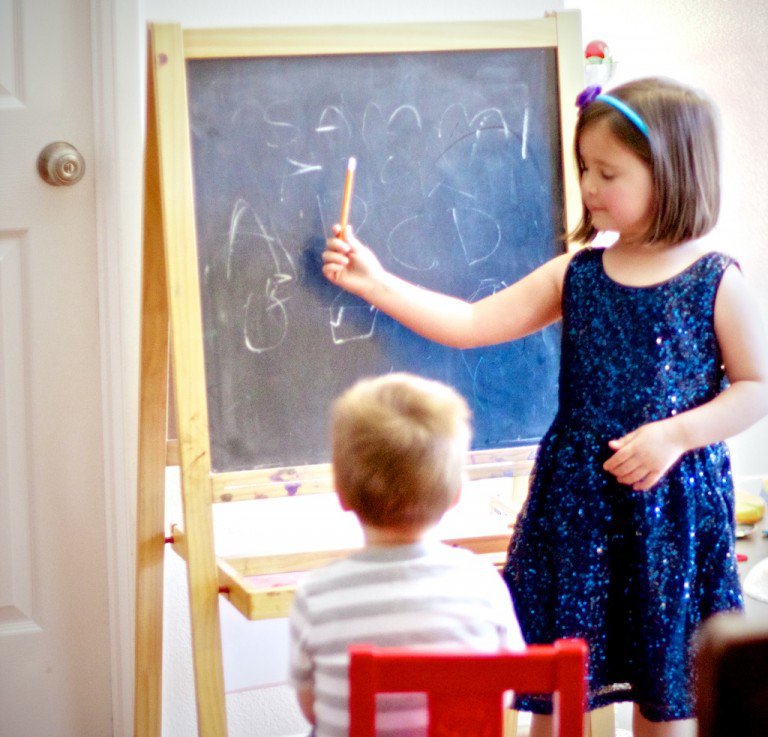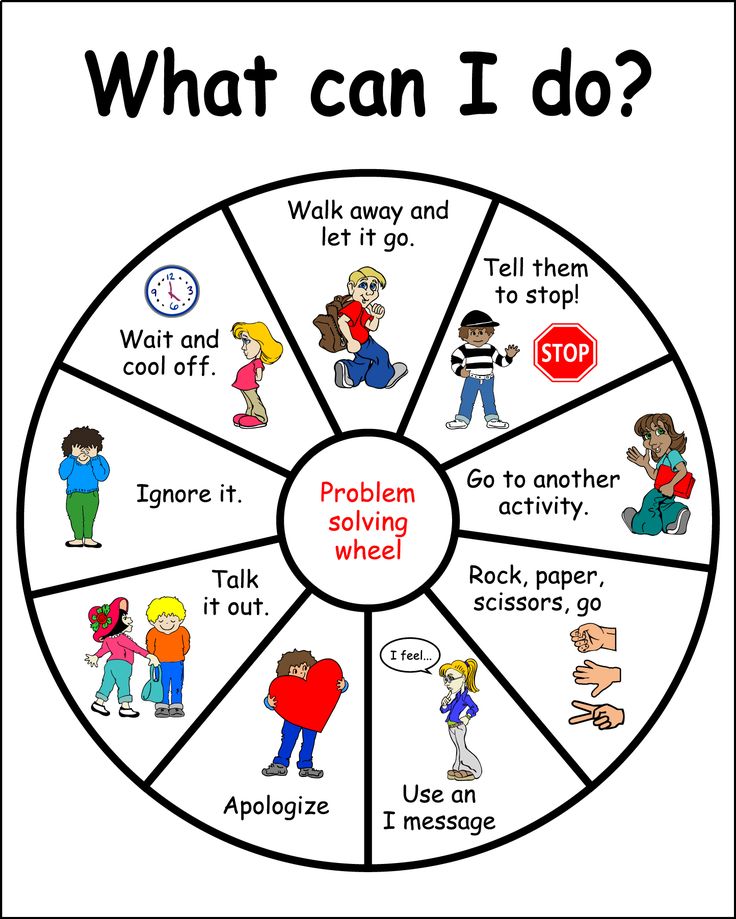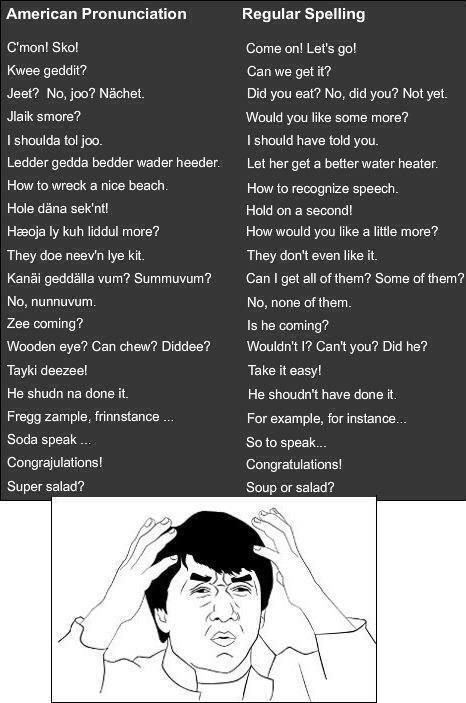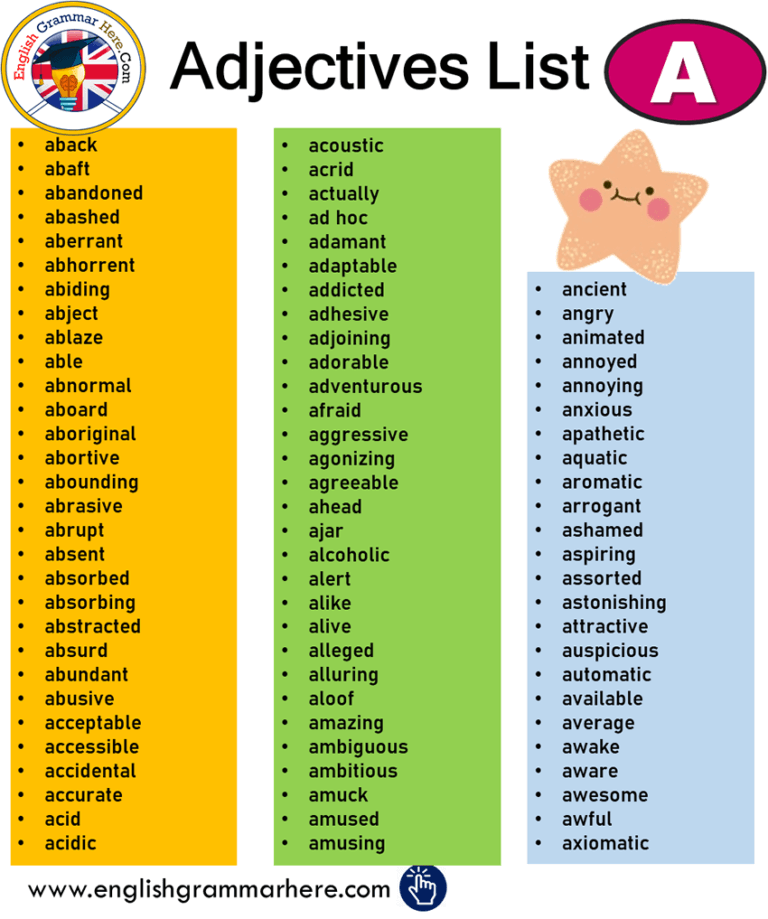Ten frame definition
The Ultimate Guide to Using Ten Frames
If you teach math to early childhood students, it’s important to understand what a ten frame is. Ten frames are tools for teaching math and they help kids with developing number sense. This post will help you understand the benefits to ten frames and provide printable resources that you can use in your classroom or home right away.
Ten frames help with developing number sense. Number sense is having good intuition about numbers and their relationships. This develops gradually as children explore numbers and have experiences with them. Number sense is something that can’t necessarily be taught, but it can be caught or learned over time.
A fancy math term educators use is subitizing. Subitizing is being able to instantly tell you ‘how many’ something is without counting. For example, a child who can subitize can roll a dice and tell you what they rolled without counting every dot. This skill is developed over time, but practicing it through games or using ten frames is key and will help develop better number sense.
What is a Ten Frame?
Let’s start with the basics. What is a ten frame? A ten frame is a rectangle with ten equal spaces. It has five spaces on top and five on the bottom. You use counters or math manipulatives to represent numbers less than or equal to ten on the frame.
Why are Ten Frames Important?
Ten frames help kids develop number sense. It teaches them to subitize and is a precursor to addition.
They provide kids with a visual of numbers and give children experiences working with numbers. They aren’t simply just memorizing numbers or counting without meaning. It shows kids the value of numbers.
Ten frames help kids with composing and decomposing numbers. It’s also great for teaching addition and subtraction.
How Can I Use Ten Frames?
There are MANY ways to use ten frames. With young preschoolers, I like to make a big ten frame on the floor using tape. Then I put objects in the frame and practice counting and identifying the number of objects.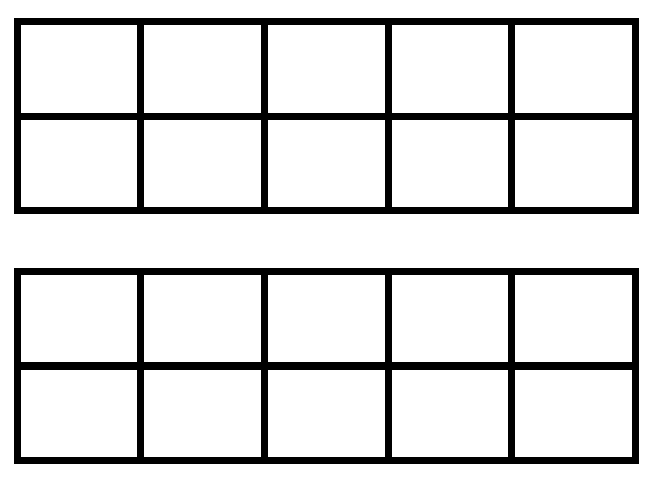
There are also a ton of free printables that use ten frames. At the bottom of this post, I’m sharing a PDF with games and activities all using ten frames.
How to Teach with Ten Frames
To use a ten frame, begin with showing your child a blank ten frame. Add one counter and then count together. Add two counters and then count together. Continue adding counters until you reach ten. Then take away the counters and count down.
Practice showing your student a ten frame with any amount of counters in it from 0-10 and have him identify the number. Then have your student add counters to the frame and identify the number.
Over time and with practice, your student will start to subitize, or recognize the number without counting.
Some teachers choose to arrange counters in order (called 5-wise or pair-wise) and others like using random placement. I recommend starting with arranging counters in order and then moving on to random order.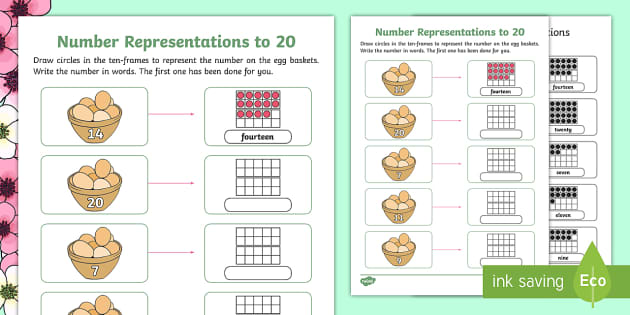
Another thing I recommend doing is asking your student questions. After they answer, ask them “why” they answered with that number. It gives you insight into how they are learning and how their number sense is developing.
I put together a packet of ten frame activities for you. There are blank ten frames, activities, puzzles, a game, and even practice with teen numbers.
You can download this free printable by clicking here —> 10 Frames Packet
What are ten frames? (And how they help your child make sense of numbers)
Ten frames are so helpful to young children beginning to build number sense. This post will tell you why!If you’re a parent of a small child who is learning math at preschool or kindergarten, you may have come across ten frames.
For many parents this may be a new term that you’ve not heard of before. If so, worry not.
This post will explain what ten frames are and why they’re so valuable when it comes to young children learning and making sense of numbers.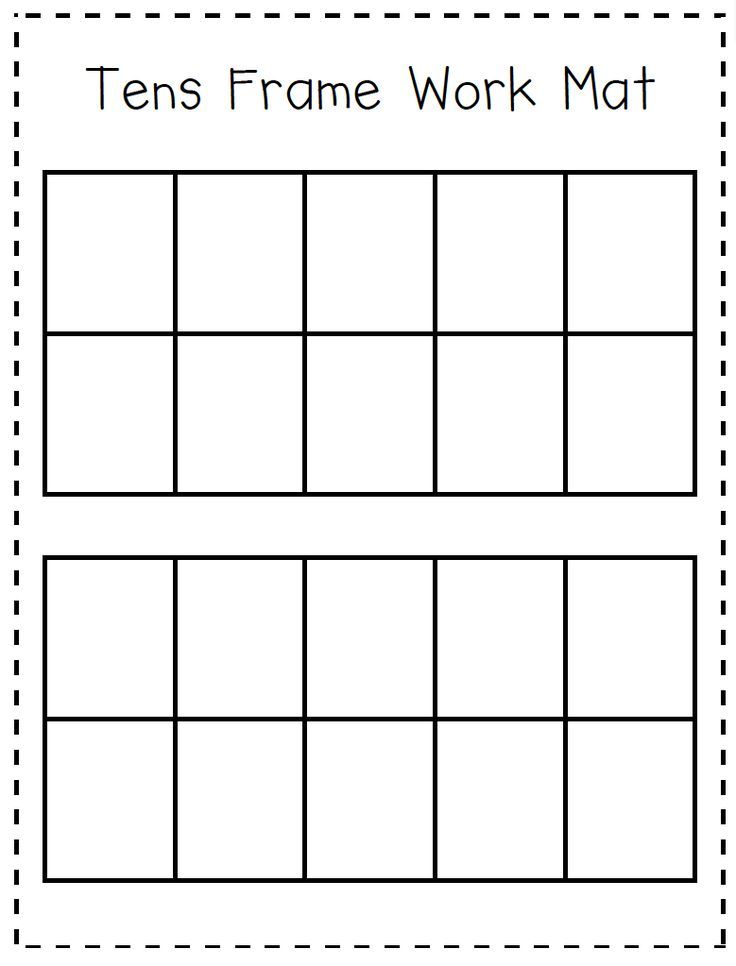
Plus, this post will also give you ideas and resources for using ten frames with your own child at home.
Let’s get cracking!
What is a ten frame?A ten frame is a rectangular frame divided into ten individual boxes. The boxes are arranged in 2 rows of 5.
Numbers to 10 can be shown in a ten frame by putting one dot or counter in each box. For example, this ten frame shows the number 5:
The dots in a ten frame can occupy any of the ten boxes in any configuration. More often than not, however, you will see the top row filled first (from left to right), followed by the bottom row.
Why use ten frames?There are lots of reasons why ten frames are such a helpful tool when it comes to building number sense in young children. Here are just some:
1. Ten is a magic number!Ours is a base ten number system – it all revolves around the number 10. Ten frames (as the name suggests!) help children see numbers within the context of ten.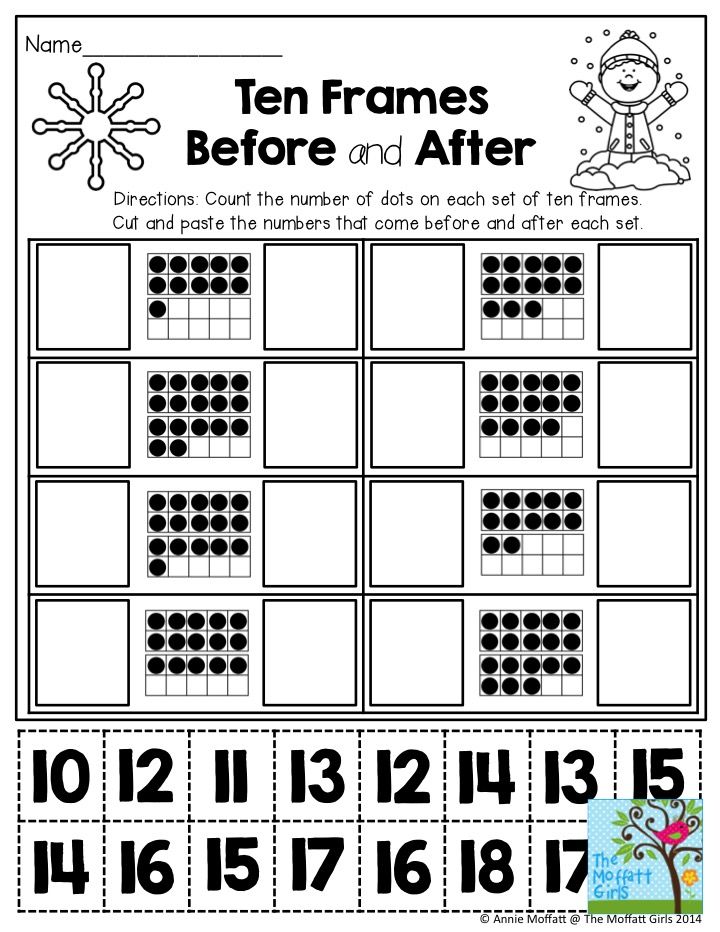
Being confident with and being able to work flexibly with the number 10 will help children in so many areas of math as they go forward.
2. Ten frames help children ‘see’ numbersWhen young children start working on numbers to 10, they will often begin by learning to recite the numbers in order and say their names.
One of the reasons ten frames are so great is that they provide a visual representation of a number and show its value.
They help children to develop a much deeper understanding of numbers than just memorizing their names and order.
By working with numbers in ten frames, children can see the amount of dots that a number stands for. They can also investigate patterns and groupings within the dots.
All these things help to build number sense.
3. They help with number bonds, addition and subtractionTen frames are great for helping children understand and learn their number bonds to 10.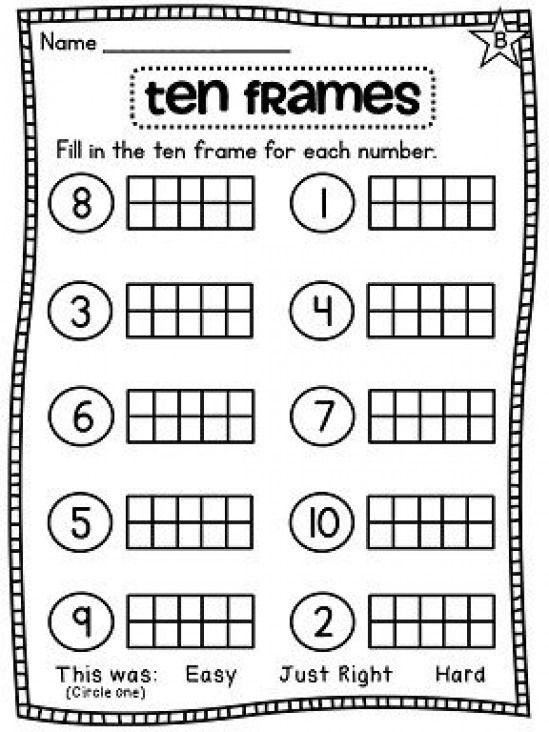
When we talk about number bonds to 10, we are looking at how 10 can be broken down into pairs of numbers that total 10, such as 3 and 7 or 9 and 1. (You can read more about number bonds here).
This idea is particularly well demonstrated by a ten frame. For example, let’s show 7 in a ten frame:
By filling in those 3 remaining gaps to make a full ten frame, it’s shows that 7 + 3 = 10 (a full ten frame!):
For many children, ‘seeing’ the number bond rather than just memorising pairs of numbers in an abstract way helps the number bonds make more sense and makes them much easier to remember.
Plus, ten frames make a nice introduction to the ideas of addition and subtraction within ten, and how all the number sentences within this fact family are related, in this case: 7 + 3 = 10, 3 + 7 = 10, 10 – 3 = 7 and 10 – 7 = 3.
4. They build a good foundation for place valueBeing able to see how numbers are arranged in terms of tens leads on really well to place value work.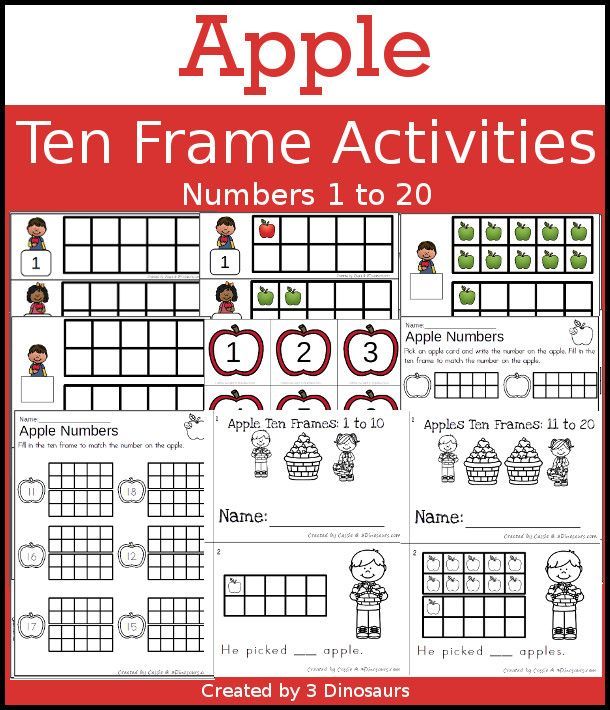
For example, if we look at the number 16 shown in a ten frame, it’s easy to see that this number is made up of one group of ten (i.e. one complete ten frame) and 6 additional ones.
5.
Ten frames help develop subitizing skills“What on earth is ‘subitizing’?”, I hear you ask.
Subitizing means that you can tell how many objects there are without having to count each individual one.
So for example when you roll a dice, you can tell what number you have rolled without having to count each dot on the dice.
Young children start out by having to count each individual object. As they develop, they begin to be able to ‘see’ a group of 2 or of 3 without having to count each object.
By working with ten frames a child gets a chance to develop their skills of subitizing.
So there you go! Who knew the little old ten frame could have so much going for it?!
And now you know why they’re so important, we will turn our attention to how to practise them.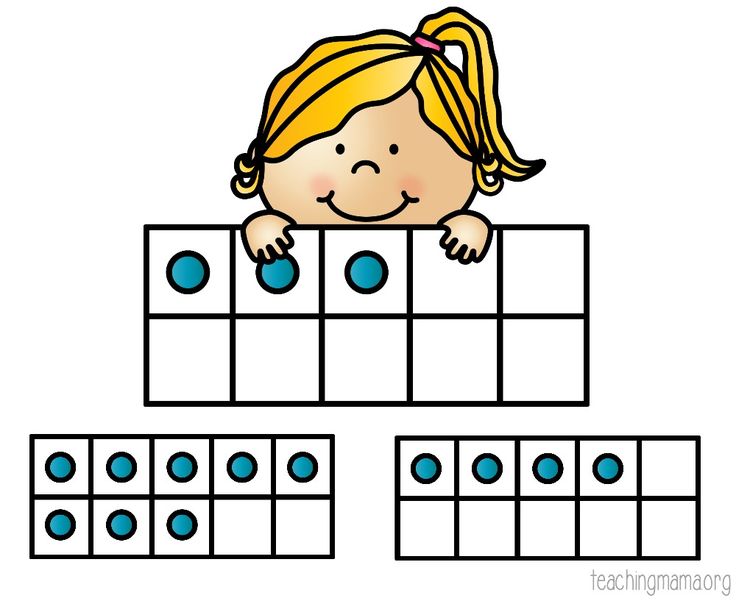
If you’re working on numbers to 10 with your child, be sure to include some ten frames.
Here are some things you can try:
1. Make your own ten frameIf your child is new to ten frames, a fun way to start is by exploring ten them in a hands-on way.
Draw out a ten frame on a big piece of paper or whiteboard.
Next grab some items you can place inside the ten frame. You could use toy cars, blocks, stuffies or something along those lines. In our case, we’ve used our menagerie of small plastic animals.
Have your child choose a number and then show it in the frame by placing one counter/object per box.
For example, the number 4:
Challenge your child put those 4 objects in a different pattern, like so:
How many different ways can you show the number 4 in the ten frame?
Ask your child how many more objects you would need to add to make 10.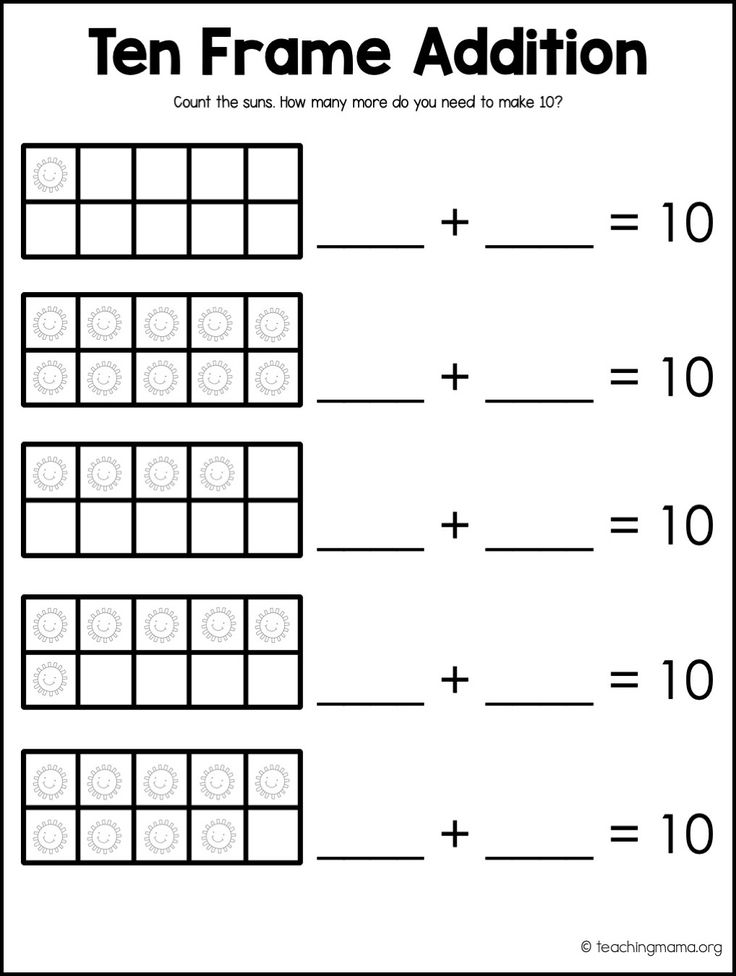 Help them count the empty squares. Then switch numbers and try a different one.
Help them count the empty squares. Then switch numbers and try a different one.
Another thing you could do is take it in turns to make a number on the ten frame and then have the other person say what number they see. This gives your child practice at both constructing numbers in the ten frame and also recognising them.
Although these activities are quick and simple things to try, hands-on math like this is really important. It’s a way for young children to make sense of new math ideas by ‘doing’.
2. Free ten frame gameGames are a great way to practise important math skills in a fun way. After all, you won’t find many young children who don’t like to play the odd game or two.
To help my own child with ten frames, I put together this fun ten frame math game.
This game is for two players and you don’t need any extra equipment (you won’t even need to scour the house looking for a dice!)
To read more about how to play this game and to download your own printable copy of the this game, click over to this post HERE.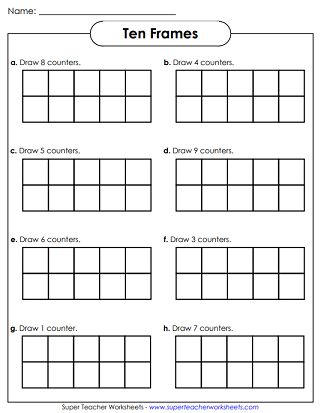
3.
Puzzles or matching activities involving ten framesFinally, matching activities/puzzles make great number sense activities. They lend themselves really well to showing numbers being represented in different ways, such as ten frames, numerals, words or tally marks.
They also make for a really fun way for young children to learn math and they don’t require any writing.
You can find ten frame puzzles in the Math, Kids and Chaos store, including this butterfly numbers activity for numbers 1 to 10.
A perfect math activity for spring and summer!
As well as ten frames, this activity also gets children practising numbers names, tally marks and counting skills.
And that’s it for ten frames today. Hope this post has been helpful. Have a great day!
If you liked this post, why not pin it? Thanks for your help!
More from Math, Kids and Chaos- 5 reasons number puzzles are GREAT for young children
- Butterfly numbers 1 to 10
- Number hunt for numbers 1 to 20
- The best math manipulatives for preschool, kindergarten and beyond
Types of frames – Animation School
08/23/2021
Back in 1828, Paul Roget created the world's first animation.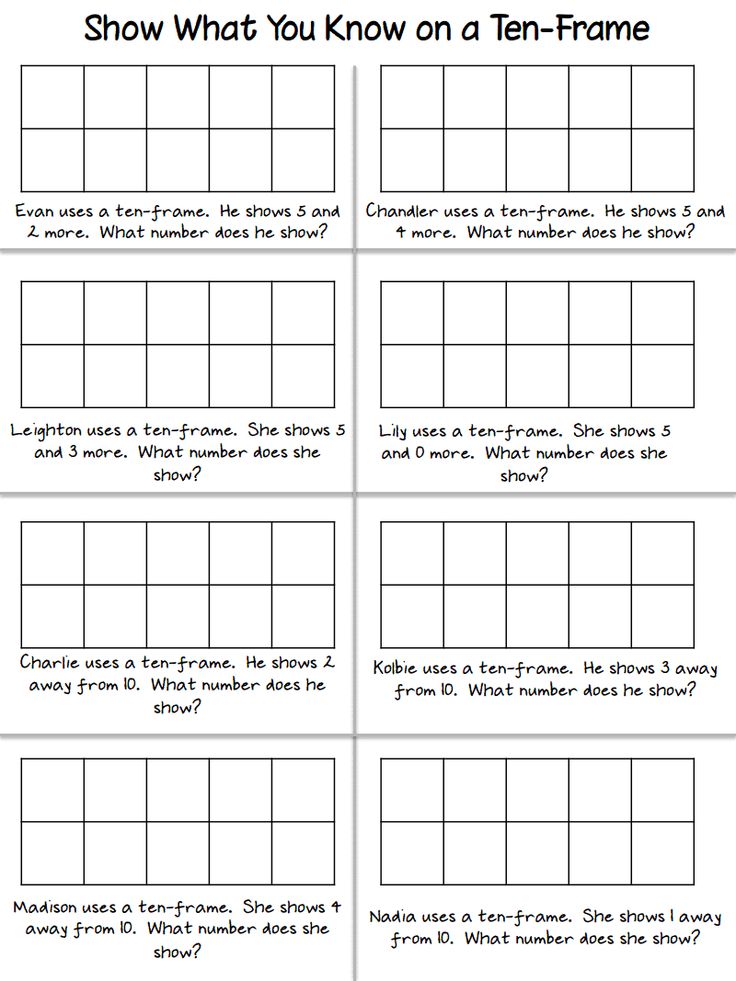 It consisted of only two frames drawn on the sides of the disc. On the first one there was a picture with a bird, the second one with a cage. The disk rotated rapidly, so it seemed that the bird was in a cage. This proto-cartoon laid down the principle of changing frames in animation, which is still relevant today.
It consisted of only two frames drawn on the sides of the disc. On the first one there was a picture with a bird, the second one with a cage. The disk rotated rapidly, so it seemed that the bird was in a cage. This proto-cartoon laid down the principle of changing frames in animation, which is still relevant today.
Modern animation consists of different types of frames that alternate with each other. In this article, we will understand what frames are and what they are. nine0003
What are frames?
A frame is a fragment of a video sequence, a static image. In a cartoon, a frame is a drawing that shows part of a movement.
Storyboard
The first stage of working with frames is called a storyboard or storyboard. This is a series of drawings that illustrate the final look of an animation or film. Its main purpose is to visualize frames before production begins.
The storyboard clearly shows in what sequence the frames should go and how the scene looks. Storyboarding is an important step in creating an animation, as all further work depends on it. nine0003
Storyboarding is an important step in creating an animation, as all further work depends on it. nine0003
Animatic
After the storyboard is finished, the animatic is done. This is essentially a gluing of storyboard frames. It allows you to evaluate the editing, location and placement of objects in the frame, composition, camera angles, scene timing, etc. If everything is fine with the animatic, then the work goes to the animation stage, if not, then it goes back to the storyboard stage.
You can learn more about the role of storyboards and animatics in our previous article: https://animationschool.ru/2020/10/24/rol-raskadrovki-v-proizvodstve-animatsii/. nine0003
Layout
Layouts follow the storyboard.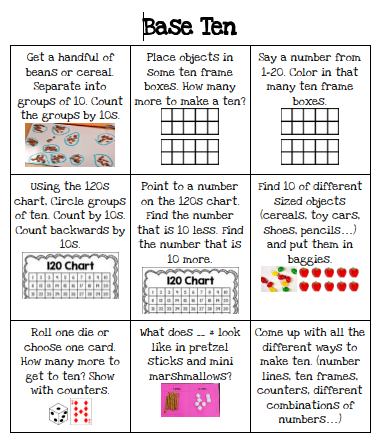 Layouts are drawings in which information from storyboards is specified: perspective, background are drawn, a more accurate ratio of objects and characters is determined. They are needed because the storyboard sometimes looks rough.
Layouts are drawings in which information from storyboards is specified: perspective, background are drawn, a more accurate ratio of objects and characters is determined. They are needed because the storyboard sometimes looks rough.
Key animation
After the layouts, the drawing of the animation begins. First, the key animation is drawn. At this stage, the beginning of the scene, its end and frames are depicted, which provide important information. nine0003
The sequence of keys is the basis of the future animation, which shows what the action will look like.
Keyframes come in many forms: story-telling, extreme, or extreme—these are poses immediately followed by a change of movement, and breakdowns.
Breakdown
Breakdowns are distinguished among key frames. They determine the nature of the movement between the keys. They are used to give more information about what is happening in the scene, what are the physical properties, what are the different parts of the object made of, and how fast are they moving.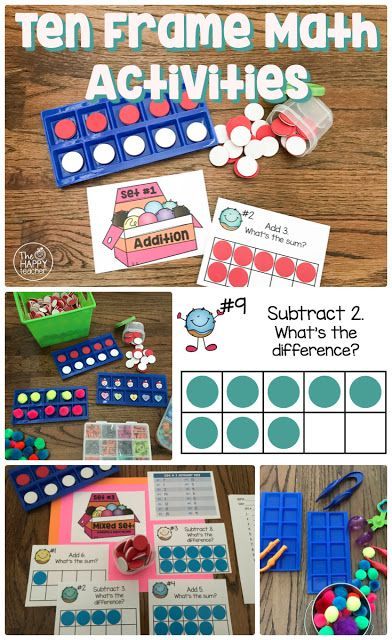 nine0003
nine0003
Phase animation
Phase animation is the intermediate frames of the movement of an object. Such frames are commonly referred to as inbitwins. In-between shots are often entrusted to novice animators, while the keys are handled by experienced artists.
Spacing - the time scale is an important element of phasing. He shows the animators where and how to draw inbitwins. The longer the time interval, the stronger the phase from the previous one.
Discuss the article in our social networks
Frames per second, video examples
television and cinema.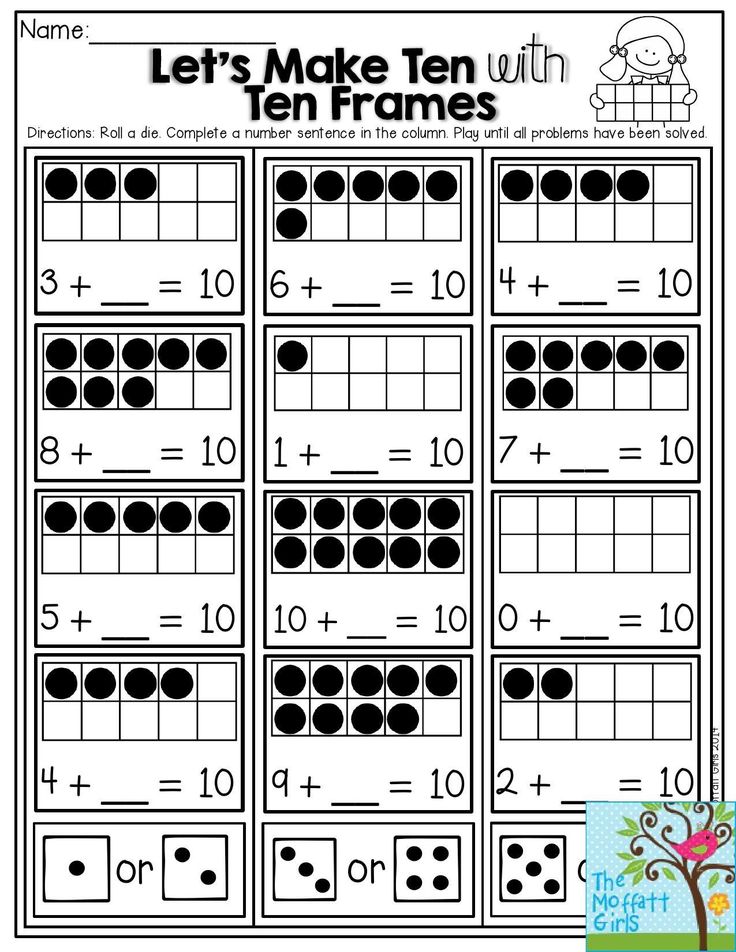 The concept was first used by photographer Edward Muybridge, who carried out experiments on chronophotographic shooting of moving objects with several cameras in succession. The common unit of measurement is frames per second. Wikipedia. nine0003
The concept was first used by photographer Edward Muybridge, who carried out experiments on chronophotographic shooting of moving objects with several cameras in succession. The common unit of measurement is frames per second. Wikipedia. nine0003
What is the optimal number of frames per second for video surveillance? Everything depends on the tasks. In almost all registrars, the default is the maximum possible frequency, this is 25/30 frames per second. In a second, the camcorder can take, for example, 25 frames, "photos", "snapshots".
25 fast-changing frames give the human eye a smoothly changing picture and the brain perceives them as continuous movement.
The more frames, the smoother the movement, but the recording also takes up more disk space. When it comes to the film, the reduction of frames is not advisable. In video surveillance, the task is the other way around, to find the optimal compromise in terms of image quality and archive depth. Reducing frames in camera recordings saves disk space without losing quality. nine0003
nine0003
Cameras work 24 hours a day, and if we have 16 of them, then these are 16 constantly writing films to disk. Video information is very capacious, so frame reduction can give a significant increase.
The difference can be calculated using the Surveillance Archive Calculator.
For example, with 16 cameras, 25 frames per second, a 5-day archive will take up an 8 TB hard drive.
And at 6 frames per second, the same 8 terabyte disk will fit 21 days already. This is a rough calculation, depends on many parameters, but for example. nine0003
For cash registers, checkpoints, roads, barriers, casinos, important and government facilities, the frame rate can not be reduced to save maximum information.
But for most other locations, where the picture is mostly static, this approach can be applied.
By reducing the frame rate from 25 to 6-10, you can save space by almost 2 times and increase the recording time, for example, from 10 to 20 days, depending on the number of cameras, recording quality and hard disk capacity.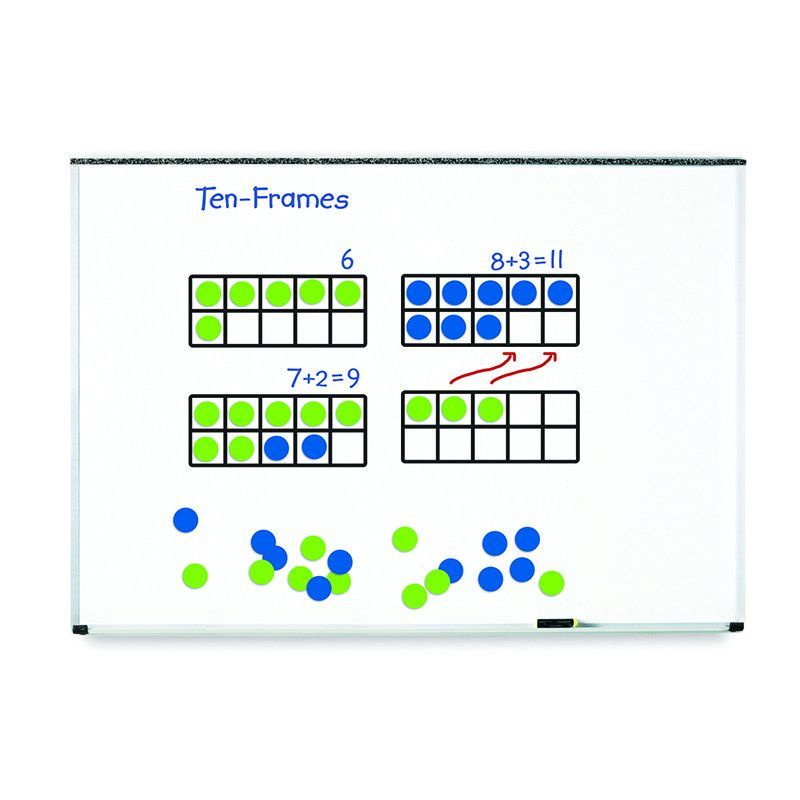 nine0013 We recommend using this setting for our customers. The difference is practically not visible on the recording, we do not reduce the quality of the cameras, but only change the recording from 25 photos per second to 8-12.
nine0013 We recommend using this setting for our customers. The difference is practically not visible on the recording, we do not reduce the quality of the cameras, but only change the recording from 25 photos per second to 8-12.
Next, you can see the example and difference in the record:
and general video from 25 frames to 1:
Therefore, if you have a vino system.

